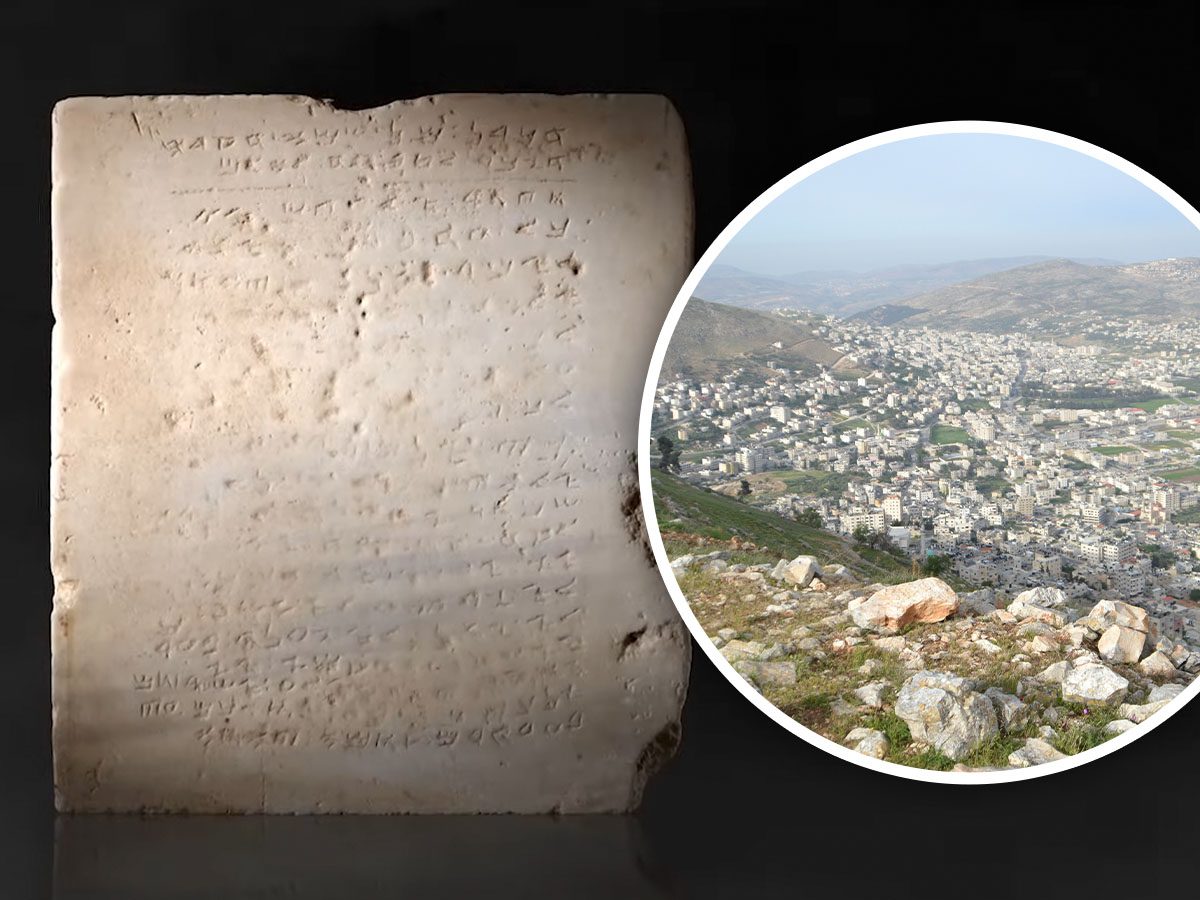
Sotheby’s has announced it will be auctioning off the oldest-known stone carving of the Ten Commandments. The carving is 115-pounds, two-foot tall and made from marble. It is approximately 1,500 years old and inscribed in Paleo-Hebrew. In was discovered in 1913 along the southern coast of Israel. For the next thirty years, it was used as a paving stone in front of a local home with the inscription exposed to foot traffic. A scholar by the name of Jacob Kaplan, who purchased it in 1943, later realized its significance. The tablet’s history after that is unclear and the current seller remains unknown.
Sotheby’s touted the tablet’s significance in a release. “This remarkable tablet is not only a vastly important historic artifact, but a tangible link to the beliefs that helped shape Western civilization,” said Richard Austin, Sotheby’s Global Head of Books & Manuscripts. “To encounter this shared piece of cultural heritage is to journey through millennia and connect with cultures and faiths told through one of humanity’s earliest and most enduring moral codes.” The tablet was discovered in an area where Roman invasions had previously destroyed the area, meaning the tablet’s original home could have been destroyed during 400 and 600 AD or in the 11th century during the Crusades.
What is unusual about the tablet is that although it contains Ten Commandments, only nine of the commandments match that of the Book of Exodus found in the Hebrew Bible. Instead of the commandment “Thou shalt not take the name of the Lord thy God in vain,” it includes a commandment to build a temple of Mount Gerizim, the worship place for the people known as Samaritans. This difference hints at the fact that the tablet originally belonged to the Samaritan people. It will be on display for the public beginning December 5th, with the auction to take place on December 18th. The tablet is expected to fetch a price between $1 million and $2 million.


